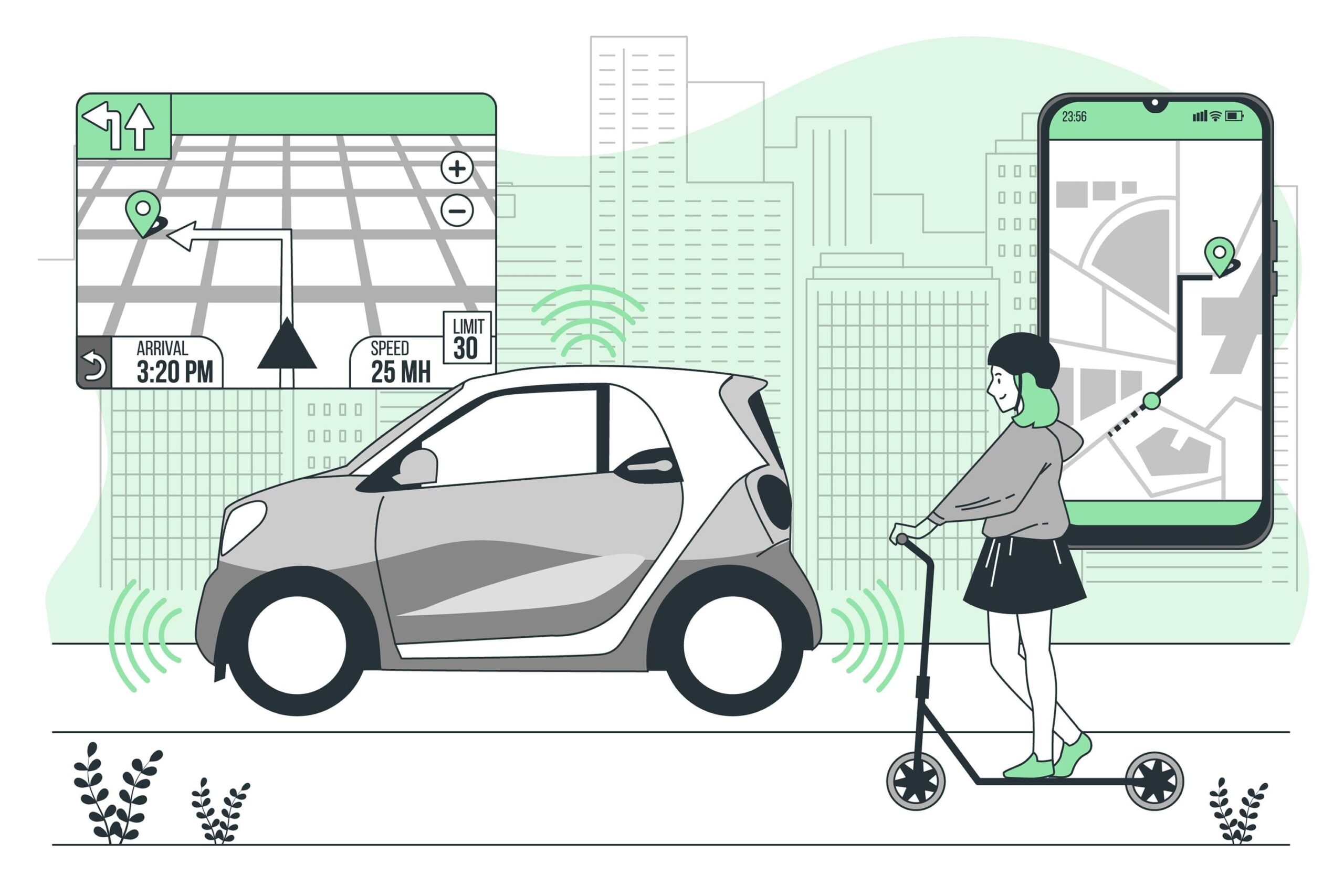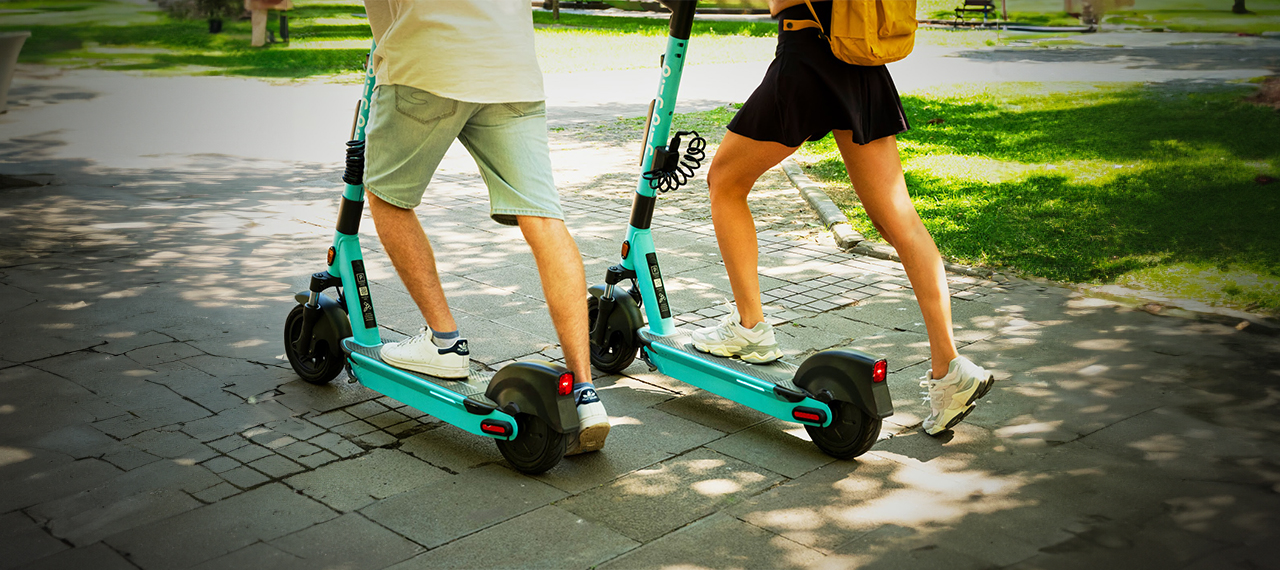Transportation is a multidimensional concept that represents the movement of people and goods between locations. Factors such as time, speed, cost, and safety are key aspects of transportation. Another significant dimension of transportation is mobility, which involves the energy expended during the entire journey, often beginning and ending on foot. Over time, efforts to minimize mobility-related energy expenditure alongside transportation costs and speed have led to the emergence of a concept known as micro-mobility. This approach holds the potential to significantly impact socio-economic life and the Earth’s future.
What is Micro-Mobility?
Humans have long sought ways to reduce physical energy expenditure during transportation. From creating rafts for water travel in ancient times to domesticating animals like horses, the focus has been on improving efficiency. Today, advancements in smart transportation technologies allow users to summon vehicles to their location or locate nearby transportation options with ease. This evolution reflects the continuous effort to minimize both physical movement and the time spent in transit.
Recent developments in micro-mobility focus on minimizing the size and energy consumption of transportation vehicles. Innovations like bicycles and kick scooters, which can operate manually or via electric power, have gained widespread popularity. These solutions reduce both the monetary and physical costs of transportation, offering an efficient alternative for short-distance urban travel.
Micro-Mobility and the Future
Excessive reliance on motorized vehicles in urban areas has resulted in severe problems such as traffic congestion, parking shortages, noise pollution, and air quality deterioration caused by fossil fuel emissions. Micro-mobility vehicles address these challenges by offering flexible, environmentally friendly, and sustainable solutions. Innovations in this space emphasize compact, lightweight vehicles that are accessible and operate at lower speeds, providing an alternative to traditional car use.
An increase in micro-mobility adoption could lead to substantial reductions in traffic jams and parking difficulties. This shift is expected to yield numerous positive outcomes, such as improved quality of life and a reduction in physical and mental health problems. Furthermore, the environmental benefits are evident, with lower greenhouse gas emissions contributing to cleaner air and a healthier planet.
Many local governments are actively promoting micro-mobility by investing in necessary infrastructure and integrating micro-mobility vehicles with public transportation systems. These collaborative efforts between urban planners and micro-mobility service providers aim to create a more seamless and sustainable transportation ecosystem.
A Vision for a Greener Tomorrow
With a focus on reducing fossil fuel dependency, micro-mobility solutions have the potential to transform urban landscapes into cleaner, quieter, and more efficient spaces. The dream of a future with minimal environmental impact, reduced congestion, and elevated living standards can become a reality through dedicated efforts.
As a pioneer in the field, BinBin provides environmentally friendly transportation solutions in numerous cities. By choosing BinBin for your journeys, you contribute to the goal of sustainable urban mobility while enjoying the convenience of traffic-free travel. Explore your city in an eco-conscious and enjoyable way, helping to shape a future where urban life and environmental harmony coexist.






